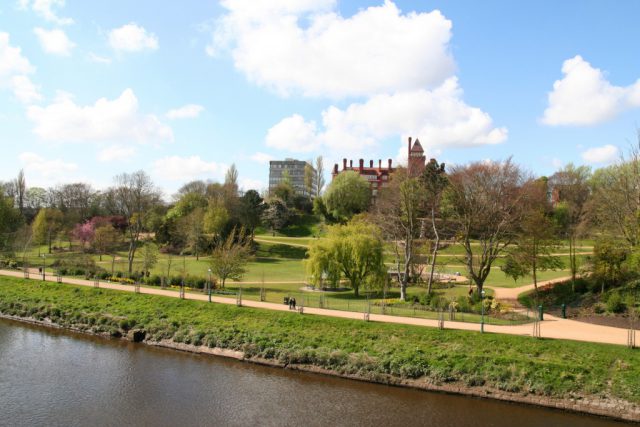RLA calls for changes to tax relief proposals in Budget
Tomorrow sees another important Budget announcement that is sure to have implications for the UK property market.
The Chancellor Phillip Hammond is being encouraged to use the Budget to change upcoming alterations to mortgage interest tax relief.
Tax Relief Changes
Existing rules permitting landlords to offset all of their mortgage interest against tax is being phased out from next month. The process will take until 2020/21 to complete.
Once the relief has been fully withdrawn, Section 24 will mean that landlords can only claim back basic rate of tax at 20% from their tax bill. Of course, this will impact on their rental returns.
The Residential Landlords Association has again called for changes to the proposals ahead of tomorrows Budget. The trade body is challenging the Government over suggestions that buy-to-let investors are taxed more favourably than homeowners. This claim has been highlighted as the main reason that the controversial interest relief changes have been suggested.

RLA calls for changes to tax relief proposals in Budget
Hardships
Chairman of the RLA, Alan Ward, said: We are now weeks away from a tax change that risks investment in new homes and will cause considerable hardship for tenants. It is troubling that Ministers have not published any evidence to back up their assertions that landlords are taxed more heavily than home owners. This is no way to make policy.’[1]
‘We call on the Government to use the Budget this week to halt its planned tax changes which will do a little to provide the new homes to rent they claim to want,’ Mr Ward added.[1]
In addition, the RLA is writing to the Office for Budget Responsibility to give clarification on the extra burden on landlords in comparison to homeowners
[1] https://www.landlordtoday.co.uk/breaking-news/2017/3/government-challenged-on-tax-changes-that-will-cause-considerable-hardship-for-tenants




